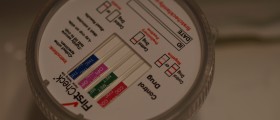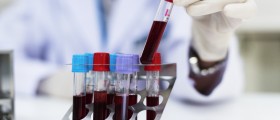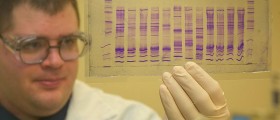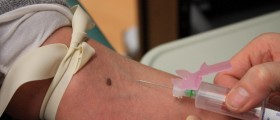
Whenblood tests are performed, they are done by way of a syringe for thepurpose of removing an adequate amount of blood from a person's veinin the arm. The person should not fear this, even if he/she hasissues with syringes and taking of the blood, since any pain but thetiny prick is felt. The sample in question is either taken by ageneral practitioner or by a designated nurse at a clinic a persondecides to visit for the testing to be performed. Once this initialphase has been successfully completed, the blood sample that has beentaken is shipped off to a laboratory for further testing, analysisand acquiring of the needed results.
Giventhe fact that the entire testing procedure is done in specificphases, it is important even for the person undergoing it to bewell acquainted with each and every one of them separately. Thosemost important constituent phases include the following:
Alanine aminotransferaseAspartarte aminotransferaseAlkaline phosphataseGamma glutamyl transferaseBilirubinAlbuminClotting studies, also known as the prothrombin time, i.e. the internationa normalised rationEachand every of the aforementioned sections is characterized by resultsembodied in specific numbers and values. When it comes to the role ofa laboratory in the entire process, it must be pointed out that itserves as a provider of normal values, i.e. reference values thatmake it possible for the doctor in question, a nurse, or adesignated specialist to determine whether or not the person's testis within the range regarded as normal, or not. Those functionsthat are out of the ordinary are shown by how much they are below,i.e. above the range regarded as the normal, i.e. the regular one.
Inthe greatest majority of cases, it is the test performed to determinethe condition of the liver and its functioning that provides anindicator of the extent to which the person's liver is inflamed, damaged or has suffered substantial loses with regards to itsoverall functioning.
Thetest in question is performed and results reached by previouslymeasuring the following factors – the levels of ALT and AST, which are known to be the indicators of the severity of inflammationpresent at a specific moment; levels of alkaline phosphatase, since the increase (as well as of the enzyme called Gamma GT) is known as thefirst indicator of cholestatic liver disease; bilirubin levels, aswell as the levels of albumin, and clotting studies.

















Your thoughts on this
Loading...